Who Are The Native Americans: Culture, Traditions and Religions
 |
| Who Are Native Americans: Culture, Traditions and Religions. Photo wach |
| Contents |
Native Americans or Indigenous Americans are the indigenous peoples of the United States. There are more than 500 federally recognized tribes in the United States. The term does not include Native Hawaiians and certain Alaska Natives.
The ancestors of modern Native Americans arrived in the United States at least 15,000 years ago. A variety of peoples, societies and cultures then developed.
Who are the Native Americans?
A Native American is a person who is a descendant of the original inhabitants of North America. They are also referred to as Amerindians, Indigenous Americans, or Native Americans in the United States and First Nations peoples in Canada. This term has been used throughout history to refer to all indigenous peoples of what is now called the Americas.
The indigenous peoples of North America were diverse groups with distinct cultures, languages, and traditions. Some groups lived in sedentary agricultural societies while others practiced nomadic lifestyles ranging from semi-nomadic (seasonally moving) to completely settled hunter-gatherers (tending their crops).
Throughout parts of prehistory, many native people were skilled at fashioning clothes from furs and skins that Europeans later adopted during colonization.
READ MORE: What Is A Green Card or Permanent Resident Card in the USA?
How Long Have Native Americans Lived in the Americas?
Native Americans lived in what is now the United States for thousands of years. They were primarily concentrated in what is now Alaska but also lived throughout the rest of North America. Native people established nations and cultures that developed their traditions and lifestyles. This included creating pottery, crafting jewelry, and building homes out of natural materials such as wood or grasses.
Many indigenous American tribes existed before European settlers arrived on this continent and some were still thriving when Europeans arrived here on Christopher Columbus’s second voyage in 1493!
How Many Native American Tribes Are There?
There are 574 federally recognized Native American tribes in the U.S., including 229 in Alaska. These “nations within a nation” are the only tribes that have a formal nation-to-nation relationship with the U.S. and its federal agency, the Bureau of Indian Affairs (BIA).
Across the United States, hundreds of Native American tribes continue their traditional lifeways to sustain their inherent sovereignty.
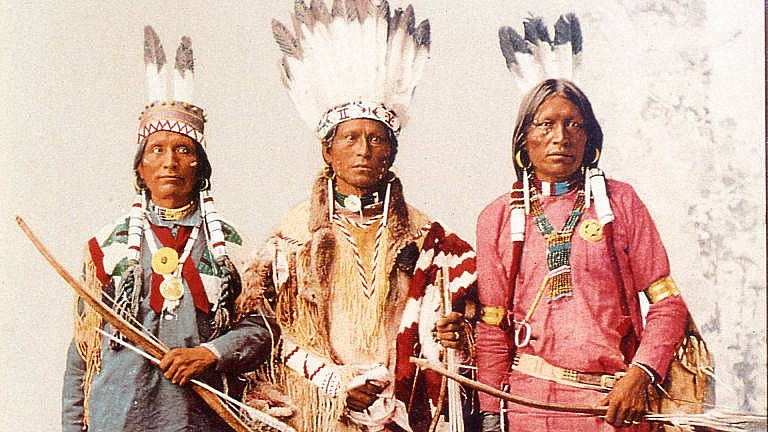 |
| Photo history |
Today's Native American tribes descend from the original inhabitants of North America who have been making history for more than 20,000 years.
In early American history, tribes were forcibly removed from their lands and onto reservations so the U.S. Indian Agents could control and eventually exterminate them. From there, treaties formed, but not with honest intentions. In the last 180 years, most federally recognized tribes have survived on reservations. Some tribes escaped removal and distanced themselves from encroaching foreigners and their beliefs.
What are the largest native tribes in USA?Cherokee, Navajo, and Choctaw are the largest Native American tribes in the U.S., according to Census.gov. All three tribes have ties to their historical territories since pre-European contact: the Navajo (the Four Corners), the Mississippi Band of Choctaw Indians (Mississippi), and the Eastern Band of Cherokee (North Carolina). |
What is the Cherokee - the biggest Native American tribesCherokee is the biggest of the biggest Native American tribes with population of 819,105. Before European settlers arrived, they lived in an area of the Southeastern United States which is now North Carolina, South Carolina, Georgia, Alabama, and Tennessee. In 1835, some of the Cherokee signed a treaty with the United States giving the government all of the Cherokee lands in return for a new plot of land in Oklahoma plus $5 million. While many tribal members were opposed to the decision, they had few options. In 1838, the U.S. Army forced Cherokee Nation to uproot and move their homes from the Southeast all of the way to Oklahoma. Over 4,000 Cherokee Indians died on this march, which is now known as the “Trail of Tears.” |
What is the oldest native tribe in USA?First Appeared: c. 11,500 BCE Location: United States, Mexico and Central America Language: Multiple One of the oldest known groups, the Clovis most likely arrived to the North continent from Asia via the Bering Strait. While anthropologists doubt that they were the first people here, they are still ancestors of several modern tribes. For a while, historians believed Clovis people hunted mammoths using specially designed spearheads. Today, most posit that their diet was a more reasonable combination of foraged plants, small game and fish. Like many prehistoric cultures the Clovis later dispersed and developed into other distinct groups. |
Federally-recognized tribes vs state-recognized tribes
Federally-recognized tribes
Federal recognition offers tribes opportunities for self-government, self-determination assistance, and Federal-Tribal trust.
It is the U.S. government's moral responsibility for strengthening the federally recognized tribe's sovereignty under the BIA mission. Health services are available to federally recognized tribes through the Department of Health & Services, U.S. Indian Health Service. Federally recognized tribes are eligible to obtain personal, business, and college loans that are unavailable to other tribes and U.S. citizens. Federally recognized tribes may be eligible for hunting, fishing, eagle feather use, and burial ground privileges based on their treaty rights. Federal recognition can also lead to tribes opening casinos through a separate approval process.
State-recognized tribes
There are 63 state-recognized Native American tribes in 13 states and 10 of these tribes have state-recognized reservations.
However, state-recognized tribes are treated as “second class citizens” in Indian Country. They suffer from suppression by local authorities and communities that never accept tribes' origins.
The countless unrecognized Native American tribes living among us likewise live with “second-class status” in Indian Country and remain vulnerable to local authorities.
What are Native Americans’ Religions?
That being said, most Native American religions share a set of common features. Most important among these are a lack of distinction between the spiritual world and the natural world, the existence of some type of creative deity, and a general lack of objective, fixed principles. Few Native American religious ideas were considered absolutely unchangeable, and even fewer were codified in writing. As a result, historic spiritual beliefs in the Americas were diverse and extremely fluid.
One common feature of many Native American spiritual traditions is a uniform view of reality. Christianity often speaks of a physical world and a spiritual world. At least for the sake of comparison, such a distinction does not exist in most Native American religions. The “world” of spirits and deities is the same “world” as that of nature and man, and whatever differences or separations may exist are frequently bridged.
Most Native American religions include some kind of divine Creator. In many cases, this is a single deity, often referred to as the Great Spirit. In some cases, this is a group of gods or a collection of spirits. And, in others, this spirit is more of an impersonal force than an actual, personal being. Because of this broad variation, individual Native American religions can be categorized as theistic, deistic, henotheistic, polytheistic, or even pantheistic.
Native American religions are also typically devoid of objective rules or laws. This is not to suggest there are no moral principles in these spiritual traditions. However, such concepts are typically treated as guidelines or foundations and not as hard-and-fast regulations. Traditions vary from group to group, but Native American spirituality is typically much less rigid than systems such as Christianity, Buddhism, and Islam.
What are Native Americans’ Languages?
Here is a list of the top 10 indigenous languages spoken in the United States according to the US census:
| Indigenous language | # speakers |
| Hawaiian | 327,000 |
| Navajo | 170,000 |
| Central Yupik | 18,950 |
| Dakota | 18,616 |
| Apache | 13,063 |
| Keres | 12,945 |
| Cherokee | 11,610 |
| Choctaw | 10,343 |
| Zuni | 9,686 |
| Ojibwa | 8,371 |
What is Traditional food of Native Americans?
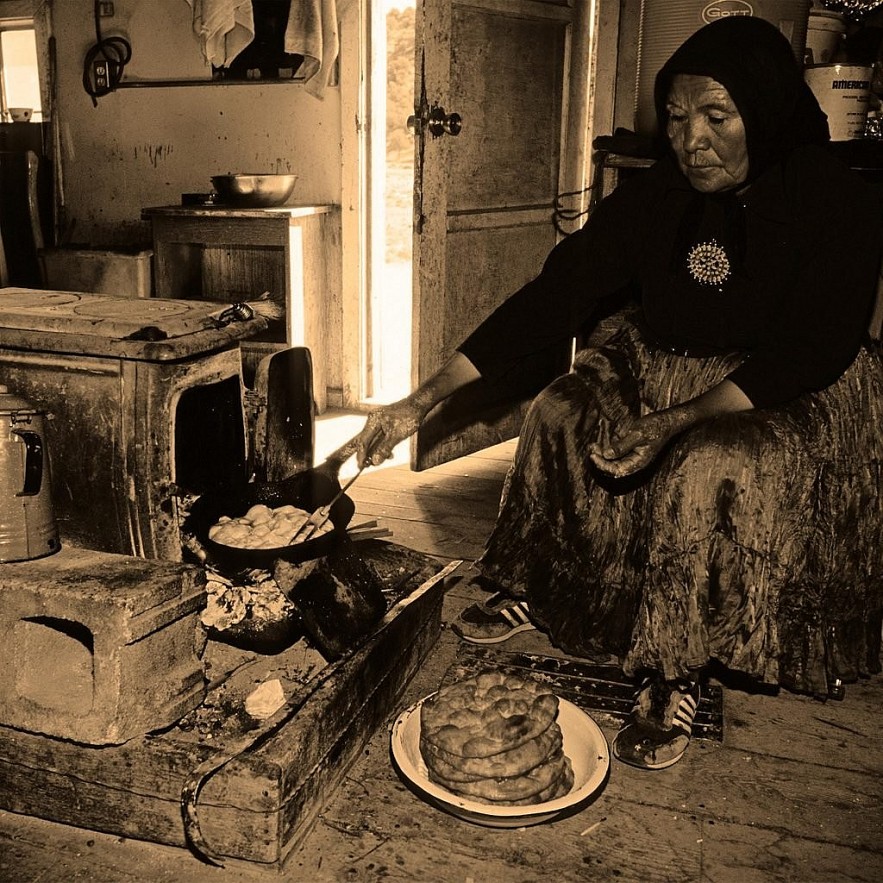 |
| Photo shutterstock |
With so many different tribes of Indigenous people in the United States, traditional foods vary from region to region. But certain favorites have emotional and historical significance; one such food is frybread, a 144-year-old traditional Navajo recipe that has a painful origin.
When Navajos, or Diné, as they call themselves, were being forced off of their land by the U.S. Government, they were given meager supplies to prevent starvation while on their 300-mile relocation. Flour and lard were given as rations on the “Long Walk” from Arizona to New Mexico. Those ingredients led to fry bread, which is a large, fluffy, plate-size piece of fried dough. Although it’s a traditional food that is found at pow wows and around kitchen tables, it has been the focus of some controversy.
Frybread is not nutritionally healthy and is rooted in oppression. So those in the indigenous community may have different feelings about whether or not it’s comfort food. Healthy or not, comfort food is hard to resist—here’s your guide to the best American comfort food in every state.
What is traditional dessert of Native Americans?
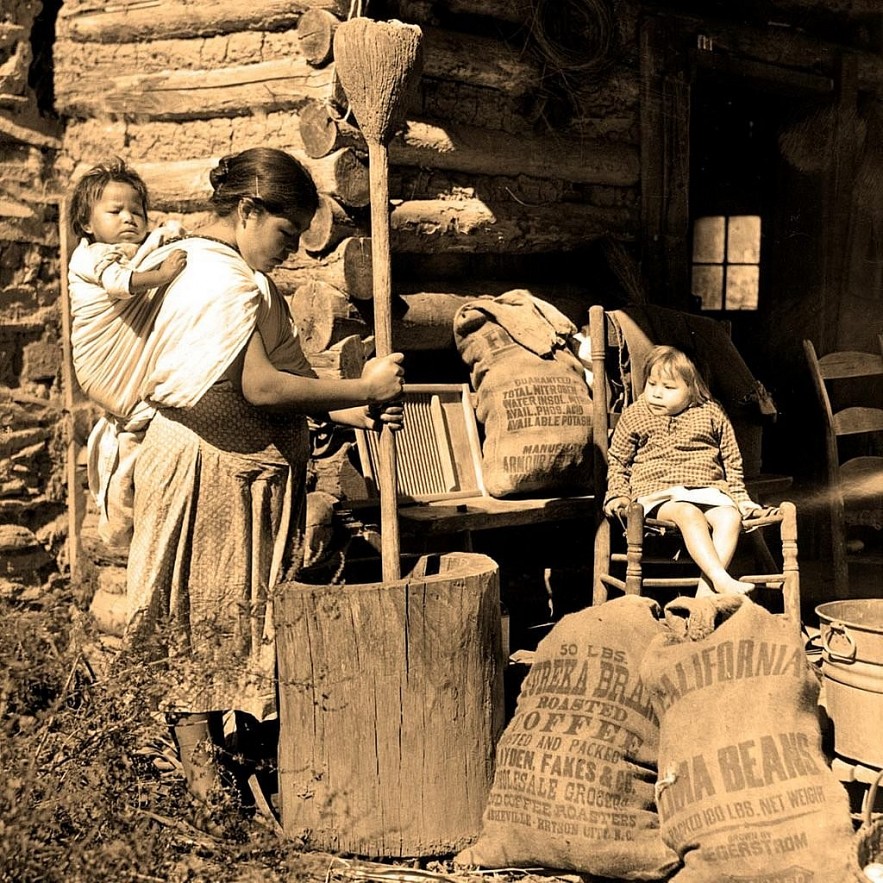 |
| Photo shutterstock |
A traditional dessert prepared by citizens of several nations is grape dumplings, a deep purple, juicy pastry dish. Wheat flour creates the dough that makes the dumplings, which are rolled out to be thin. They are then doused in hot concord grape juice and sugar for 10 to 12 minutes and served hot often with a side of ice cream. These dark purple dumplings have a sweet taste that is reminiscent of home for many Native Americans. They sound like a delicious dessert after a big turkey meal with all the trimmings.
What is traditional dance of Native Americans?
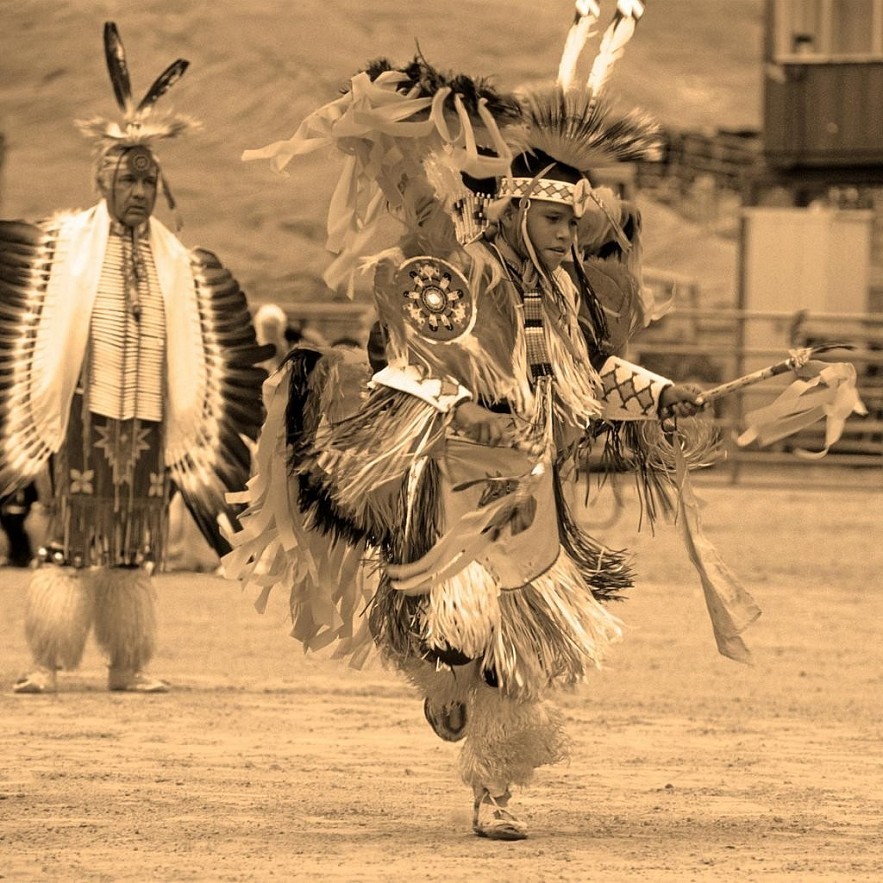 |
| Photo shutterstock |
The stomp dance is a beloved tradition practiced primarily by Eastern Woodland and Southeastern tribes, including the Muscogee, Euchee, Cherokee, Chickasaw, Choctaw, Delaware, Miami, Ottawa, Peoria, Shawnee, Seminole, and Natchez tribes.
They take place during the height of crop season and are often practiced on stomp grounds around a fire if weather permits. It’s called “stomp” dance because the pattern of movement is a stomp and shuffle in a circle. Like many Native American traditions, there is quite a bit of symbolism with the stomp dance. The fire in the center represents the light of the sun, which is considered life-giving and sacred.
Dancers arrange themselves in a circle and move counter-clockwise, alternating men and women like links in a chain, with children trailing the end. The dance is almost like a moving prayer, bringing together generations and uniting the community. Find out how every state got its name; many are rooted in the Native American language.
Indigenous People’s Day
Although Native American Heritage Day is a standing civil holiday that has been recognized since 2009, the rise of Indigenous People’s Day as a federal holiday also has great significance to some in the Native American community. It’s celebrated in place of or alongside Columbus Day, which has become controversial as more people recognize that Columbus was not the hero he was lauded to be.
How are Native Americans Living Today?
Many Native Americans still maintain their traditions today. They have been able to persevere despite the hardships they have faced throughout history.
Native Americans have been marginalized for centuries. They are often portrayed as savages in popular media and had to deal with discrimination when Europeans began settling in the New World. Despite these challenges, Native Americans have a rich culture that has endured throughout American history.
Native Americans have been able to thrive in modern times. Many Native American tribes still maintain their traditions today, despite past marginalization. They are often portrayed as savages in popular media and faced discrimination when Europeans began settling in the New World.
 Why do American Schools Start so Early and Why It Is Bad for Students? Why do American Schools Start so Early and Why It Is Bad for Students? Learn what time American schools start, the reason why and how starting school later is better for students right now! |
 Why Does American Chocolate Taste Bad? Why Does American Chocolate Taste Bad? To choose the country that produces the best chocolate, it's fair to say that the United States would be far from the top of that ... |
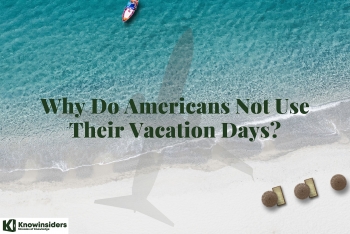 Why Do Americans Not Use Their Vacation Days? Why Do Americans Not Use Their Vacation Days? More than half of Americans don’t use all of their time off to take vacation days. Why? Find out the answer to this tricky question ... |
























